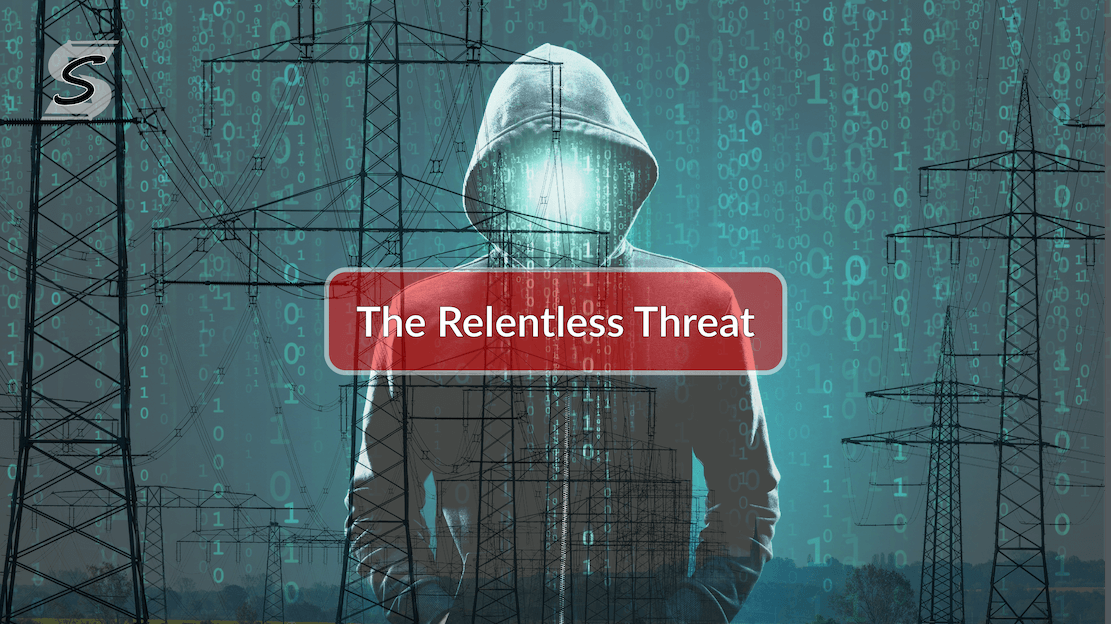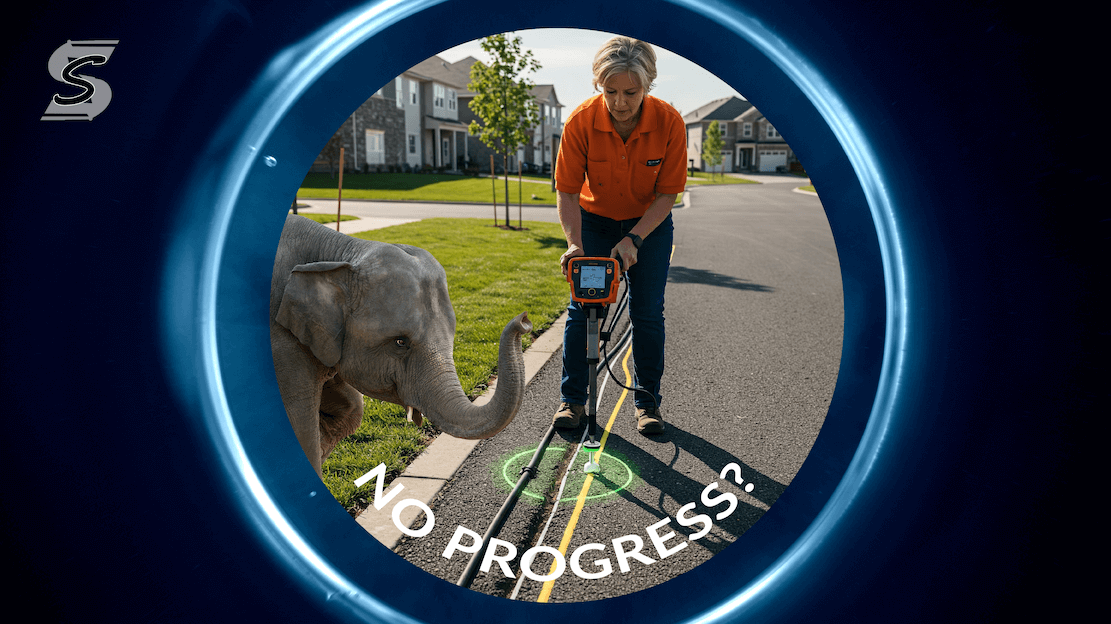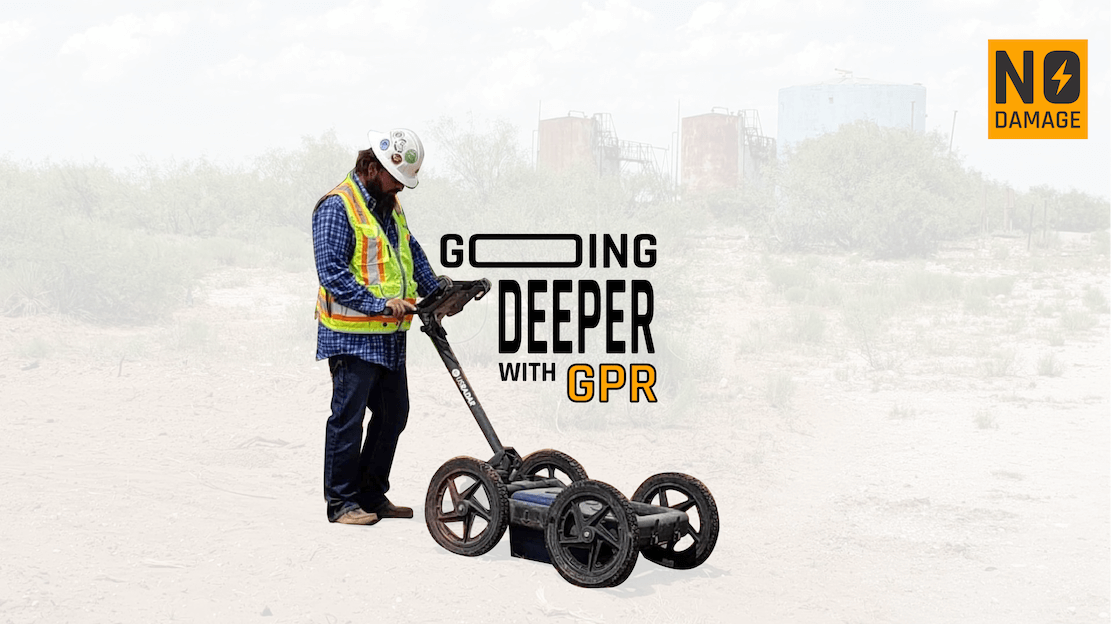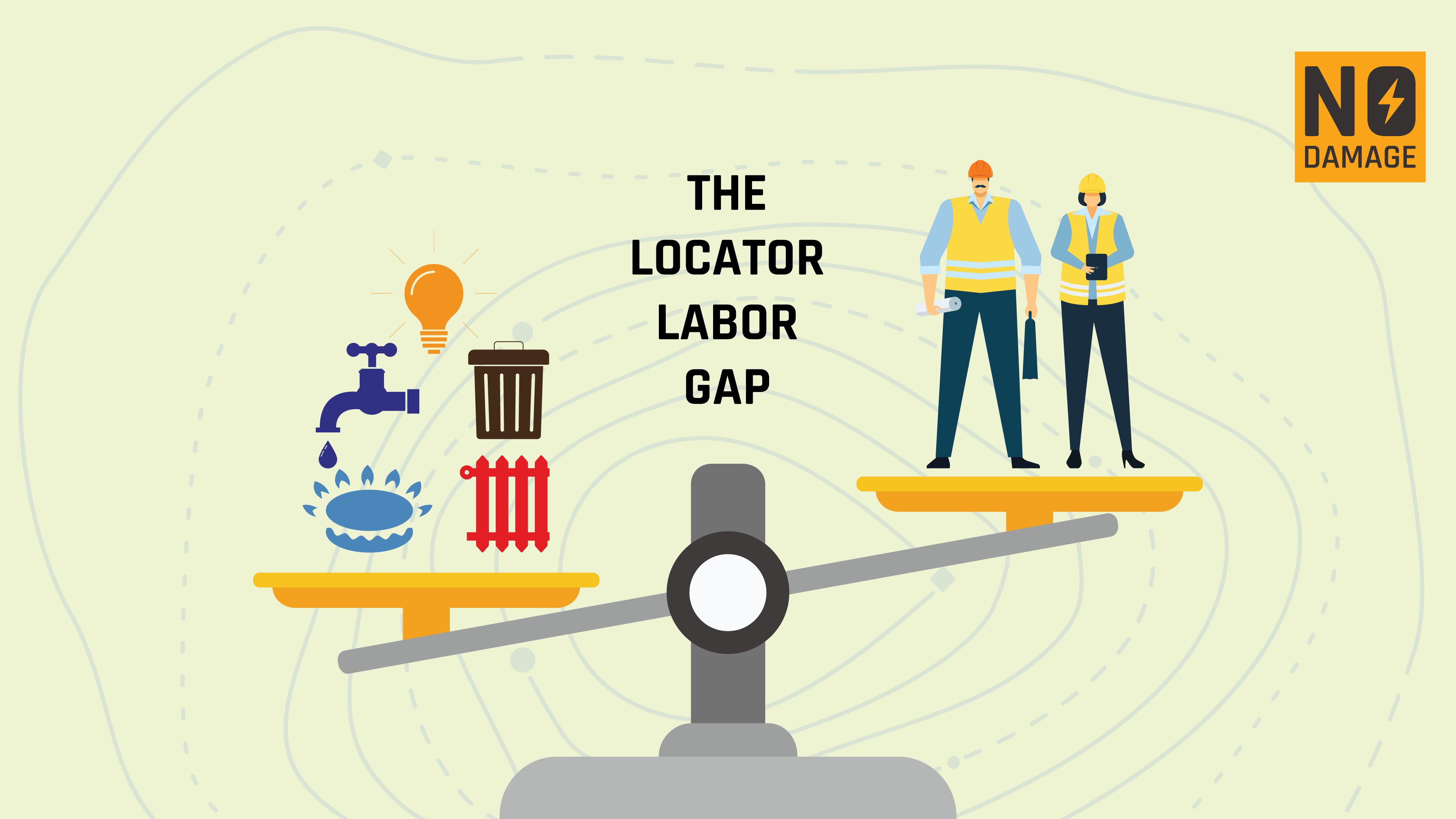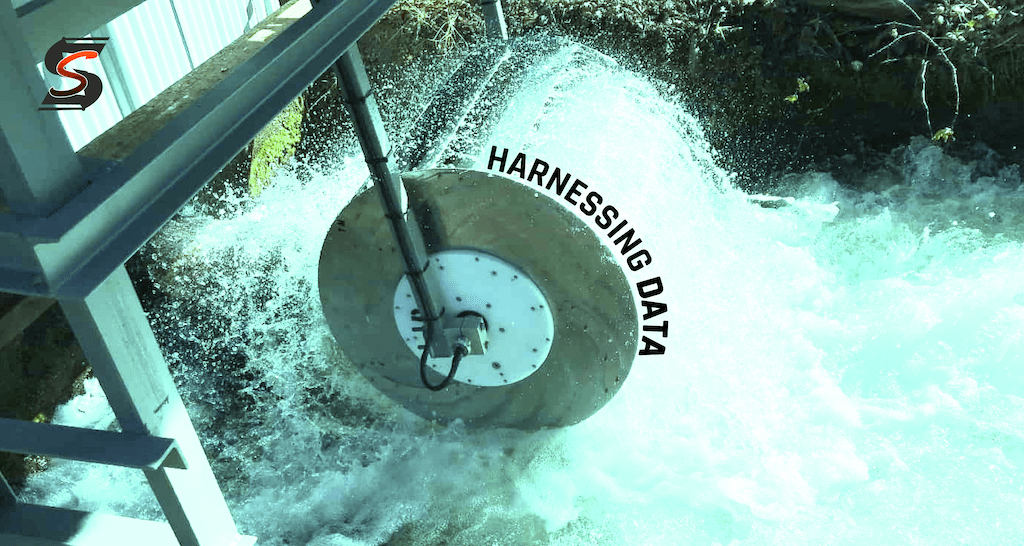
Data, in many ways, is like a powerful river flowing through our modern world. Just as our ancestors once captured the energy of flowing water with simple water wheels, we’ve advanced over time to harness that same energy with hydroelectric dams, fueling entire cities. Yet, for many, the vast stream of data that surrounds us still flows largely untapped, slipping by without being fully utilized. But imagine if we could channel that data as effectively as we do water - directing its flow, capturing its power, and using it to drive critical decisions. In the realm of damage prevention, this isn't just a possibility; it's quickly becoming a reality.
As we move away from traditional, reactive approaches to infrastructure protection, the integration of data and cutting-edge technologies is transforming the field. Now, damage prevention is not just about reacting to problems as they occur, but about using data to anticipate and mitigate risks before they even arise. This shift is more than just an upgrade in tools—it's a complete redefinition of how we think about protecting our infrastructure, our communities, and our environment.
The Opportunities
At the heart of this transformation is the power of data. In the past, the industry often operated on a "wait and see" basis, responding to problems as they arose. But data has changed the game. With the ability to collect, analyze, and apply information from a variety of sources, companies can now anticipate and mitigate potential issues before they escalate. This isn't just about having more information - it's about having the right information at the right time.
Consider the impact of predictive analytics. Utilities, for example, can now use this technology to manage their infrastructure more effectively. Instead of waiting for something to break, they can identify vulnerable areas in their networks and take preventive action. This approach not only reduces the likelihood of costly failures but also enhances overall system reliability. A study by McKinsey highlights the potential for utilities to cut 20 to 25 percent in operating expenses and 40 to 60 percent in capital expenditures by leveraging big data, while also improving service reliability and customer satisfaction.
Real-time data is another crucial element in this new paradigm. Thanks to advancements in Geographic Information Systems (GIS), sensors, and the Internet of Things (IoT), companies can monitor their assets continuously and respond quickly to emerging threats. This real-time insight is invaluable, allowing for rapid decision-making and coordination of preventive measures. For instance, smart sensors on pipelines can detect slight changes in pressure or temperature, signaling a potential issue long before it becomes a major problem.
These technologies are not just theoretical - they're making a real impact on the ground. Thames Water in the UK, for example, has implemented a predictive maintenance system that uses sensor data to monitor its network. The result? An expected 20.5% reduction in water main breaks, saving the company millions of dollars in repair costs. Similarly, PG&E uses data analytics to manage vegetation near power lines, preventing wildfires and in theory ensuring uninterrupted service. That's not always the case but that's the intention, and as with any technology the better the data, the more it will improve.
Technology
Beyond data, technology is also reshaping damage prevention in other profound ways. AI and machine learning are at the forefront, offering new tools for analyzing vast amounts of data. These technologies can identify patterns and correlations that humans might miss, enabling more precise risk assessment and targeted interventions. For example, machine learning algorithms can analyze historical excavation data, soil conditions, and previous incidents to predict where damage is most likely to occur, allowing companies to focus their efforts where they’re needed most.
Accurate mapping and imaging technologies are also critical. Tools like augmented reality overlays, drones, and LiDAR are providing detailed, up-to-date views of the subsurface, reducing the risk of errors during excavation. The integration of these technologies with existing systems, such as ticket management platforms, is another area where the industry is seeing significant gains. When AI-driven tools are combined with these platforms, the result is a more efficient and accurate process for locating utilities and managing excavation projects. With Utilocate we've incorporated automations into its system to streamline the ticketing process, reducing the time required to assess and respond to locate requests. This not only improves efficiency but also enhances safety by ensuring that all relevant data is considered before excavation begins.
ROI
But as impressive as these technological advances are, it's essential to consider the economic implications. The cost of infrastructure damage can be enormous, encompassing direct repair costs, service interruptions, and legal liabilities. According to the CGA, damages to underground utilities cost the U.S. economy more than $30 billion annually Common Ground Alliance, 2023. These expenses aren't just financial—they impact businesses, communities, and the environment.
However, the return on investment (ROI) for damage prevention technologies is compelling. Research from the International Journal of Industrial Engineering indicates that every dollar spent on damage prevention can save up to $5 in repair and liability costs. This makes a strong case for companies to invest in these advanced technologies, not only to save money but also to comply with increasingly stringent regulations. Moreover, as operational efficiency improves, companies can reallocate resources to more strategic initiatives, further enhancing their bottom line.
Efficiency, in particular, is a critical factor in this equation. By automating routine tasks and using AI to analyze complex data, companies can significantly reduce human error, which is a leading cause of utility damage. Automated ticket management systems, for example, can cross-reference multiple data sources to ensure that all relevant information is considered before excavation begins, minimizing the risk of mistakes. Faster response times, enabled by efficient systems, also reduce the likelihood of incidents, as companies can quickly assess potential threats and implement preventive measures.
This efficiency isn't just about cost savings—it's also about sustainability. Reducing the frequency of utility strikes conserves resources and minimizes environmental impact. For example, avoiding water main breaks not only saves water but also reduces the energy required to treat and distribute it. Similarly, preventing pipeline damage helps to lower greenhouse gas emissions associated with repairs and service disruptions.
Conclusion
As we look to the future, it's clear that data and technology will continue to play an increasingly central role in damage prevention. By embracing these tools and prioritizing efficiency, companies can reduce costs, enhance safety, and contribute to sustainability goals. The future of damage prevention is proactive, data-driven, and integrated across all sectors, leading to safer communities and more resilient infrastructure. For those in the industry, now is the time to adapt to this new reality and lead the charge into the next era.
Share this Post


